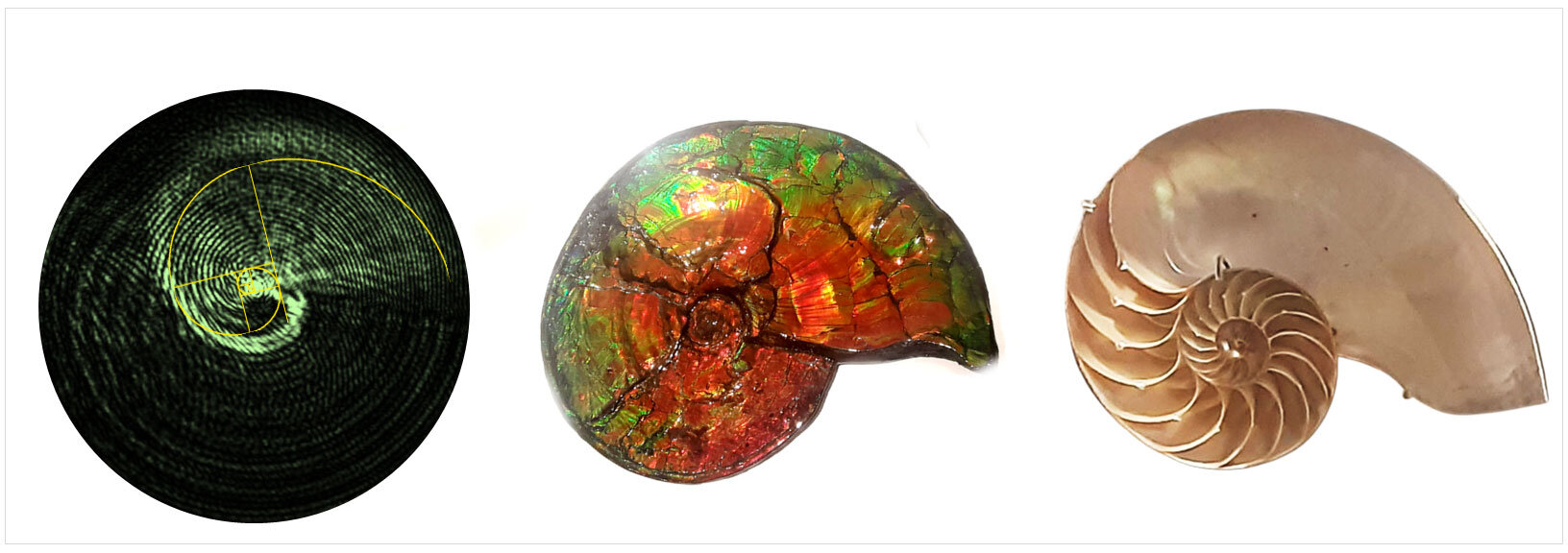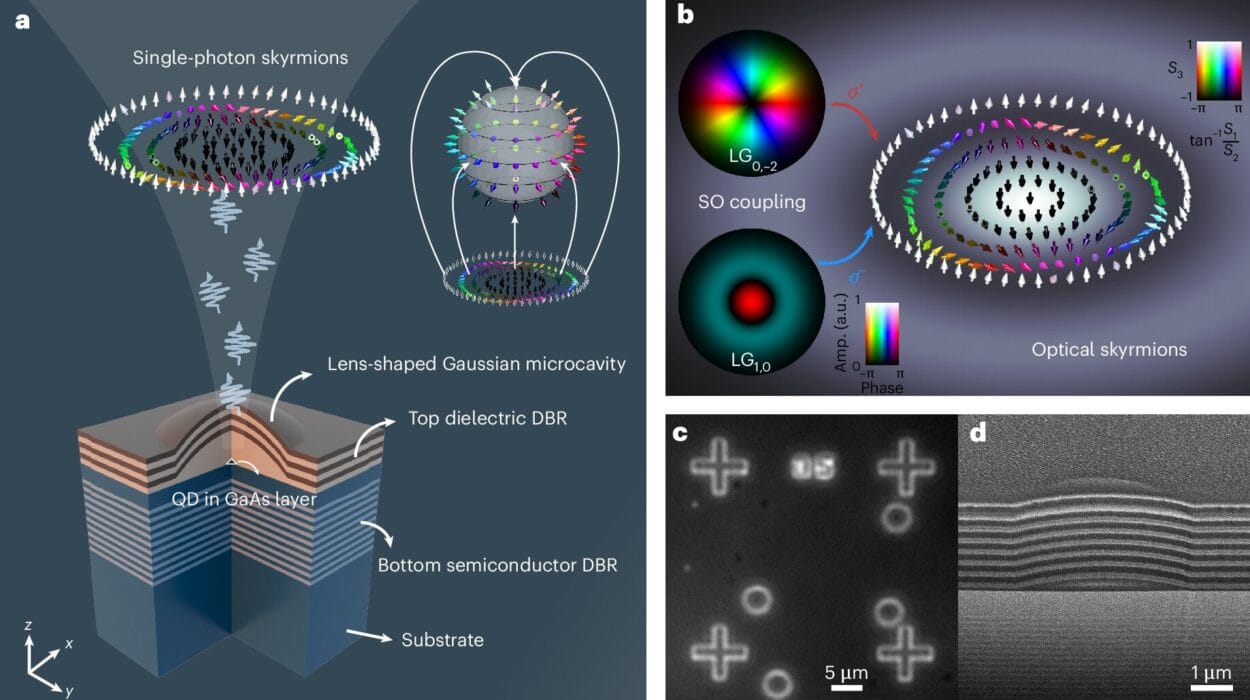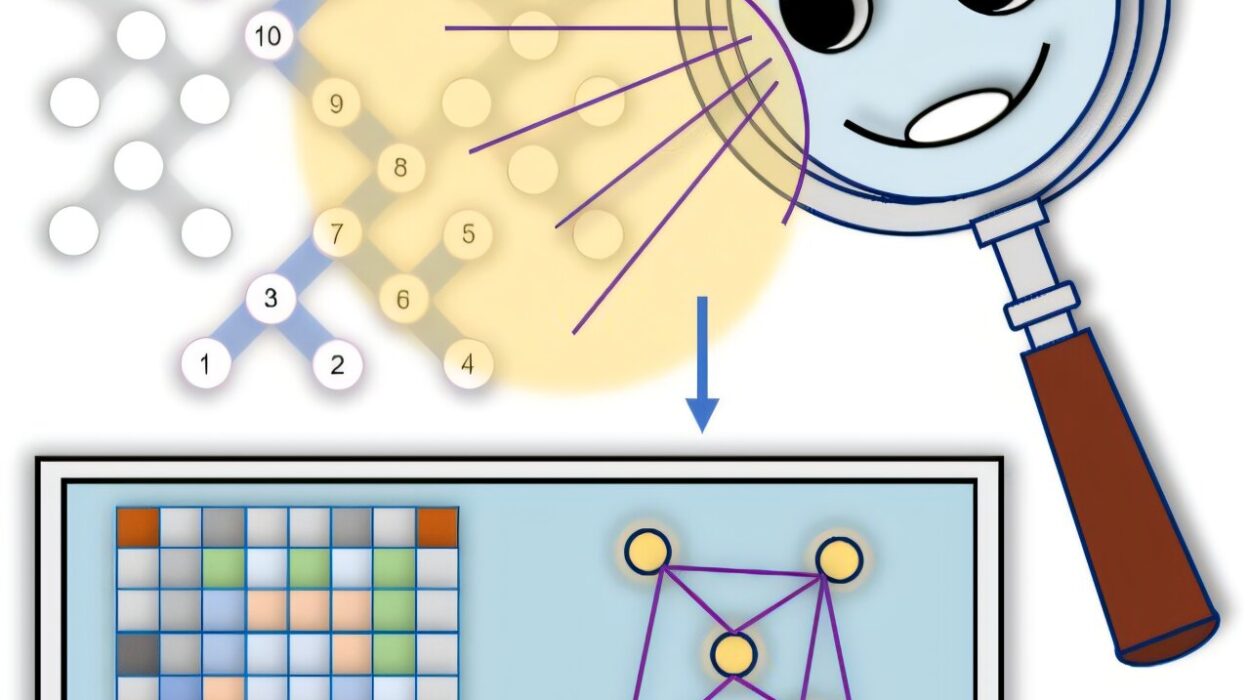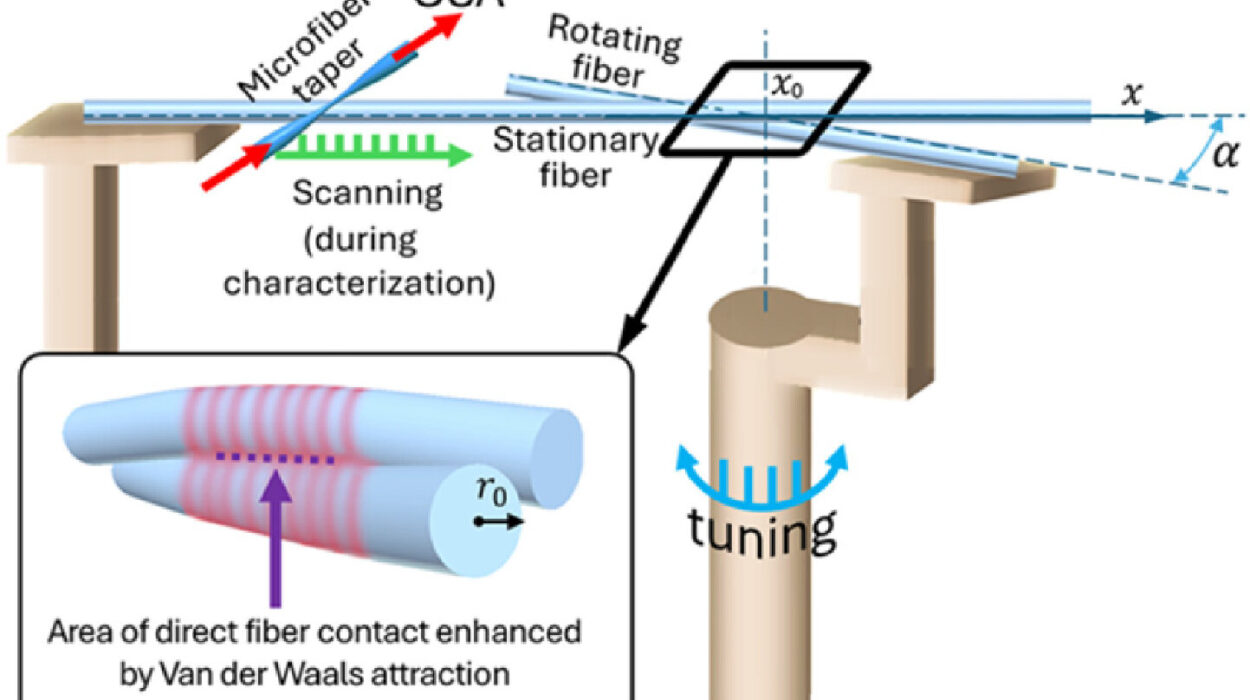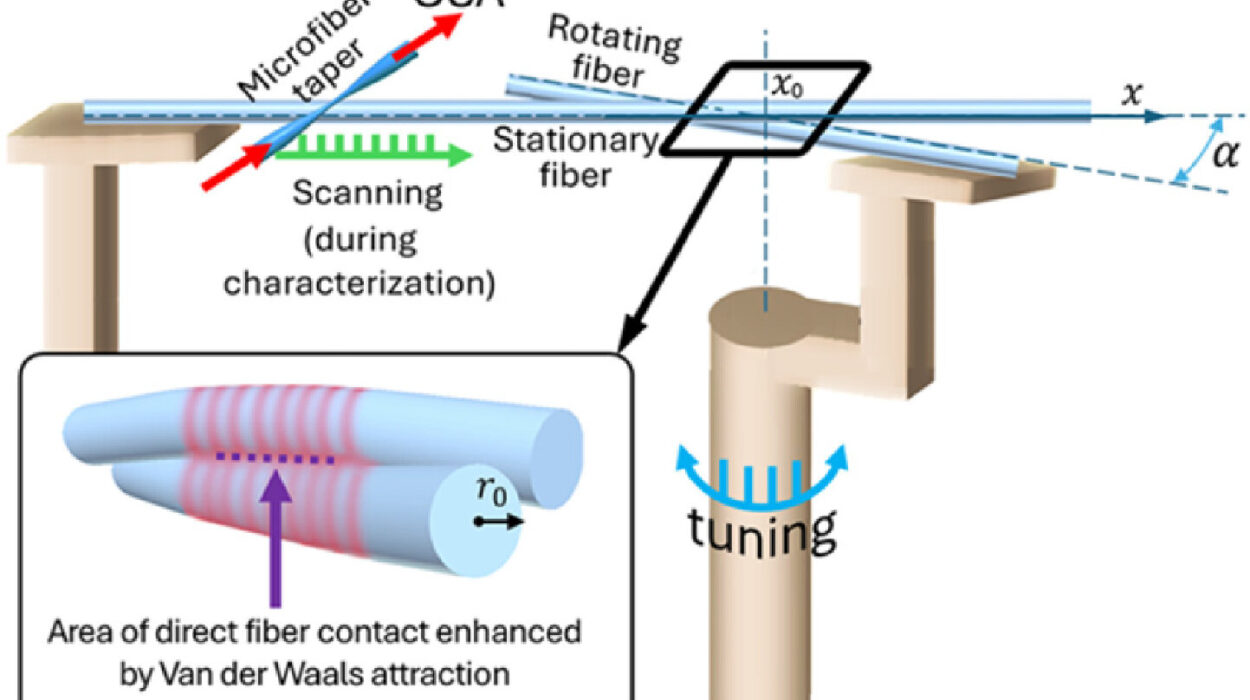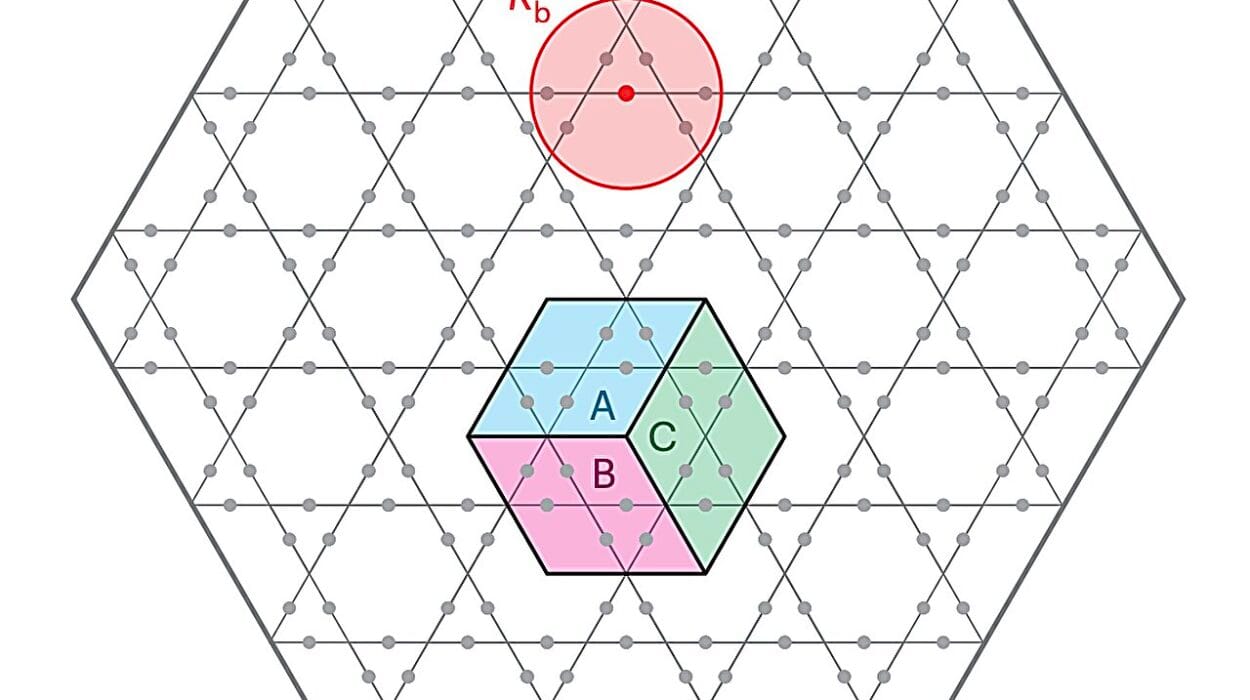In the ever-evolving world of light manipulation, a mesmerizing discovery is turning heads—literally and figuratively. Imagine beams of light that not only twist like a corkscrew as they travel through space but also shift their twist in intricate, evolving patterns that echo the spirals seen in sunflowers and seashells. It sounds like science fiction, but it’s very real—and it’s happening at Harvard University.
Researchers at the John A. Paulson School of Engineering and Applied Sciences (SEAS) have taken the science of structured light into uncharted territory. In a groundbreaking feat, applied physicists in the lab of Federico Capasso have unveiled a brand-new kind of optical vortex beam: a beam that not only spins with orbital angular momentum but does so in a manner that is itself dynamic and spatially varying. They call it the “optical rotatum.”
This pioneering form of light, never before demonstrated, does something ordinary beams don’t: it adjusts its own spatial torque as it propagates. This isn’t just a twist in the beam—it’s a twist of the twist. The team’s findings, published in Science Advances, could significantly reshape how we use light to manipulate matter, sense information, and even create new technologies on the micro and nanoscale.
Twisting Light Into Spirals of Nature
To understand the optical rotatum, one must first grasp the idea of structured light. Light, when manipulated to carry angular momentum, can spin in helices like a corkscrew. These beams—known as optical vortices—are already being used in applications like optical tweezers (which move microscopic particles), advanced communications, and microscopy.
But the optical rotatum goes a step further. Rather than maintaining a fixed twist as it travels, this beam changes its torque—its rotational force—along different points in space. The term rotatum is drawn from classical Newtonian mechanics, where it refers to the rate of change of torque over time. Here, that mechanical concept is artfully reimagined in the domain of optics.
“This is a new behavior of light consisting of an optical vortex that propagates through space and changes in unusual ways,” explained Federico Capasso, the Robert L. Wallace Professor of Applied Physics and the Vinton Hayes Senior Research Fellow in Electrical Engineering at SEAS. “It is potentially useful for manipulating small matter.”
This ever-shifting twist doesn’t just behave in any random fashion—it follows a mathematically profound path: the logarithmic spiral. Found throughout the natural world—from nautilus shells to hurricane arms, sunflower seeds to galaxies—this spiral is governed by the famous Fibonacci sequence, a series of numbers that has captivated mathematicians and mystics for centuries.
“That was one of the unexpected highlights of this research,” said Ahmed Dorrah, lead author of the study and now a professor at Eindhoven University of Technology. “Hopefully we can inspire others who are specialists in applied mathematics to further study these light patterns and gain unique insights into their universal signature.”
From Metasurfaces to Rotatums: The Evolution of Light Control
This research builds upon earlier breakthroughs by Capasso’s team, where they used metasurfaces—ultrathin lenses embedded with nanoscale patterns—to shape and guide light in new ways. Metasurfaces can bend, focus, and twist light with exquisite precision, enabling researchers to create beams with specific polarizations and angular momenta.
What makes this new achievement stand out is the added degree of freedom: not only can the researchers control how light spins, but now they can modulate how that spin evolves across space. Imagine throwing a football that, instead of spinning uniformly, changes the tightness of its spiral mid-air to follow the Fibonacci curve.
“We show even more versatility of control, and we can do it continuously,” said Alfonso Palmieri, a graduate student in Capasso’s lab and co-author of the study.
This advancement transforms structured light from a static phenomenon into a dynamic choreography, opening up possibilities in both fundamental science and practical applications.
Practical Magic: Optical Rotatums in Action
Why does this matter beyond the theoretical? The implications of optical rotatums extend into fields that touch everyday technology and futuristic science alike.
Precision manipulation of matter is one of the most promising frontiers. Optical tweezers, which use laser beams to trap and move particles, could become far more sophisticated with beams that apply variable torque. Instead of simply spinning a particle, a rotatum could apply nuanced forces, allowing scientists to orient, twist, or guide microscopic objects with extreme precision. This could revolutionize areas like materials science, chemistry, and molecular biology.
The control of colloids, tiny particles suspended in fluid, is another promising application. By tuning the torque delivered by a beam, researchers could guide these particles into specific arrangements or behaviors, with applications in drug delivery, smart materials, and soft robotics.
Then there’s optical communication. Information could be encoded not just in the polarization or phase of light, but in its torque structure, potentially adding a new layer of data capacity in fiber optics or quantum networks.
And perhaps most exciting of all, the Harvard team achieved this with a single liquid crystal display (LCD) and a low-intensity beam—a far cry from the high-powered lasers and massive optics typically used in such experiments. This leap toward miniaturization and accessibility means the technology could be integrated into existing photonic systems, bringing these exotic beams out of the lab and into the real world.
A Light Pattern With a Universal Signature
The discovery of the Fibonacci spiral within the optical rotatum adds a poetic dimension to this research. Nature has long relied on these spirals to organize complexity—from DNA to galaxies. The fact that light, in its most structured and engineered form, echoes this same shape hints at deeper, perhaps universal principles governing pattern and form.
For Ahmed Dorrah and his colleagues, this was more than a technical triumph—it was a moment of awe.
“It’s fascinating to see how something so abstract—light with angular momentum—can end up behaving like a sunflower,” Dorrah reflected. “That convergence of nature, physics, and mathematics is what makes this kind of research so exciting.”
Looking Ahead: Spiraling Toward New Discoveries
The optical rotatum may be the first of many discoveries in a new era of intelligent light—beams that don’t just shine, but think, adapt, and interact. With tools like metasurfaces and programmable displays, the boundaries of what light can do are being redrawn daily.
Federico Capasso’s lab, known for trailblazing work in photonics and quantum optics, continues to push the envelope. As they and others explore the possibilities of dynamically structured light, we may soon see a world where light not only illuminates but acts—twisting, turning, shaping, and guiding matter with mathematical elegance.
The optical rotatum is more than just a new type of light—it’s a new way of seeing light itself, as an active, evolving participant in the physics of the universe. And as with all great discoveries, it opens more doors than it closes.
The spirals of nature have found their echo in a beam of light—and from this twist, a new story of science begins.
Reference: Ahmed Dorrah et al, Rotatum of Light, Science Advances (2025). DOI: 10.1126/sciadv.adr9092. www.science.org/doi/10.1126/sciadv.adr9092
